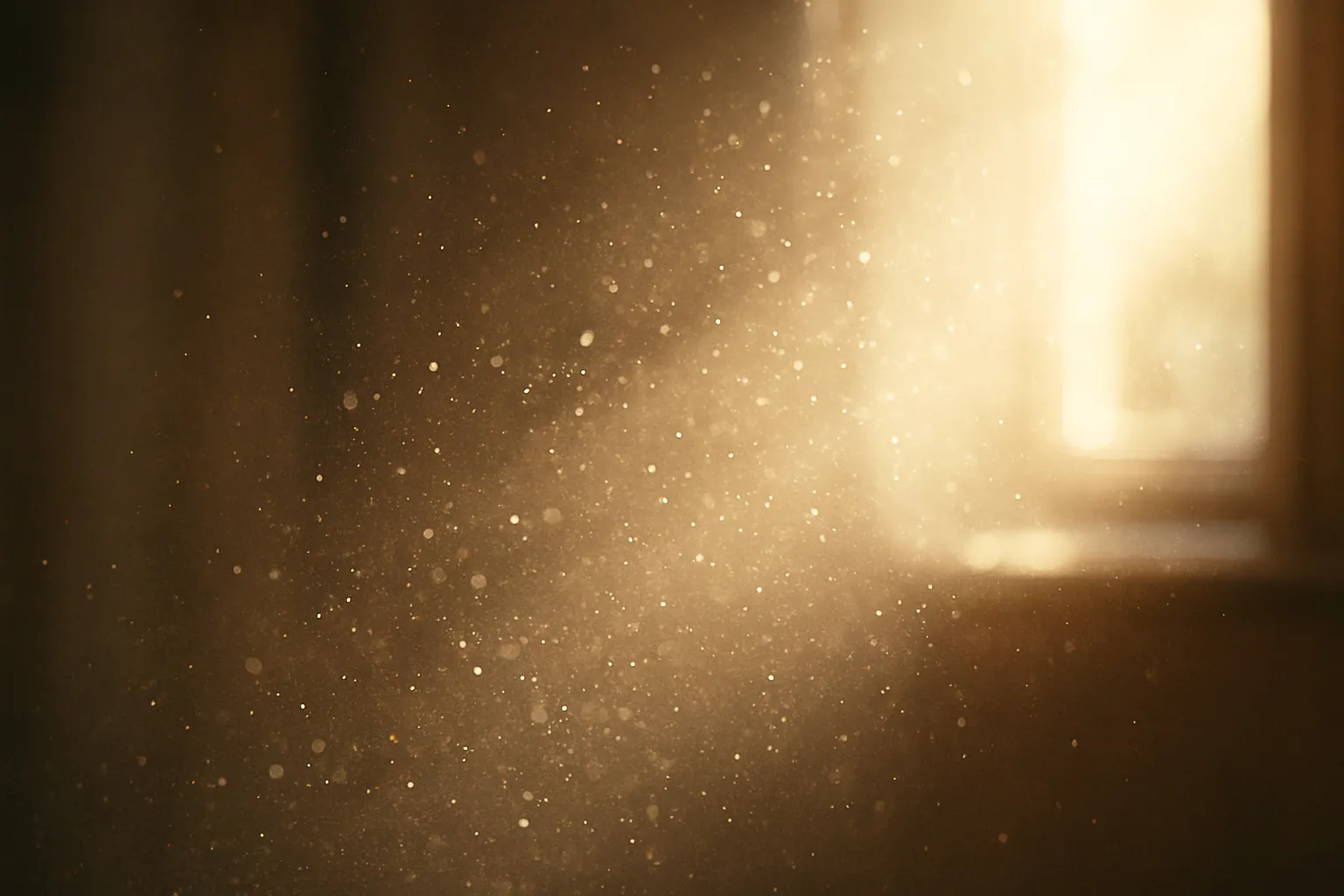
TL;DR
Dust accumulates in homes from various sources, including ventilation filters, outdoor air leaks, and shedding from fabrics. Regular cleaning helps, but dust is a constant presence due to its diverse origins. Key strategies to reduce dust include using HEPA filters, sealing gaps, maintaining humidity, and vacuuming with effective machines.
Why Your Apartment Gets So Dusty, Even When You Clean Regularly
Many people are surprised by how quickly dust builds up in their home, even with consistent cleaning and good ventilation. If you live alone in a small apartment, vacuum weekly, and have ventilation filters in place, you might expect dust to be a minor issue. Yet, for many, it remains a constant battle.
So where is all that dust coming from, and why does it seem endless? Let’s break it down.
Understanding the Sources of Dust
Dust is not just one type of particle. It is a mix of many different materials. Common components include textile fibers, dead skin cells, hair, pollen, soil, and other microscopic debris. Even in clean, well-maintained apartments, there are multiple pathways for dust to enter and accumulate:
-
Ventilation Filters and Airborne Particles Filters capture a significant amount of dust, but unless they are high-efficiency HEPA filters, fine particles can still pass through. Filters also need to be replaced frequently to maintain effectiveness.
-
Gaps Around Windows and Doors Even in newer buildings, small air leaks can let in outdoor particles, especially if you live near traffic, construction sites, or areas with heavy pollen.
-
Building Age and Location Older buildings tend to be less airtight, and lower floors can experience more dust due to proximity to the ground and outdoor activity.
-
Humidity Levels Dry air keeps dust suspended longer, allowing it to settle everywhere. Maintaining indoor humidity between 40–50% can help reduce this problem.
-
Shedding from Fabrics and Textiles Rugs, blankets, curtains, and even clothing constantly release microscopic fibers into the air.
-
Vacuum Efficiency A vacuum without a sealed HEPA filter can push fine particles back into the room, making the problem worse.
-
Hidden Dust Traps Areas like the tops of cabinets, under furniture, and behind appliances often collect dust unnoticed.
-
Daily Activity Shoes, bags, and even groceries can bring in dust from outside, and static electricity from carpets can make it cling to certain surfaces.
How to Reduce Dust in Your Apartment
While you cannot completely eliminate dust, you can take steps to minimize it:
- Upgrade Your Filters: Use high-quality HEPA filters in your HVAC system or ventilation units, and replace them as recommended.
- Seal Gaps: Inspect around windows, doors, and vents, sealing any openings where dust might enter.
- Use an Air Purifier: A HEPA air purifier can capture airborne particles before they settle.
- Clean with the Right Tools: Wipe surfaces with damp microfiber cloths rather than dry dusters.
- Launder Fabrics More Often: Wash bedding, curtains, and cushion covers regularly.
- Monitor Humidity: Use a humidifier in dry seasons to keep dust from circulating as easily.
- Vacuum with a HEPA Machine: Ensure your vacuum traps fine dust rather than recirculating it.
When to Investigate Further
If you’ve addressed these factors and still experience heavy dust buildup, the cause could be hidden air leaks, shared ductwork bringing in dust from other units, or even construction debris in wall cavities. In these cases, it may be worth involving building management or a professional inspector.
Dust is a normal part of indoor life, but with the right strategies, you can reduce it significantly and keep your apartment cleaner for longer.